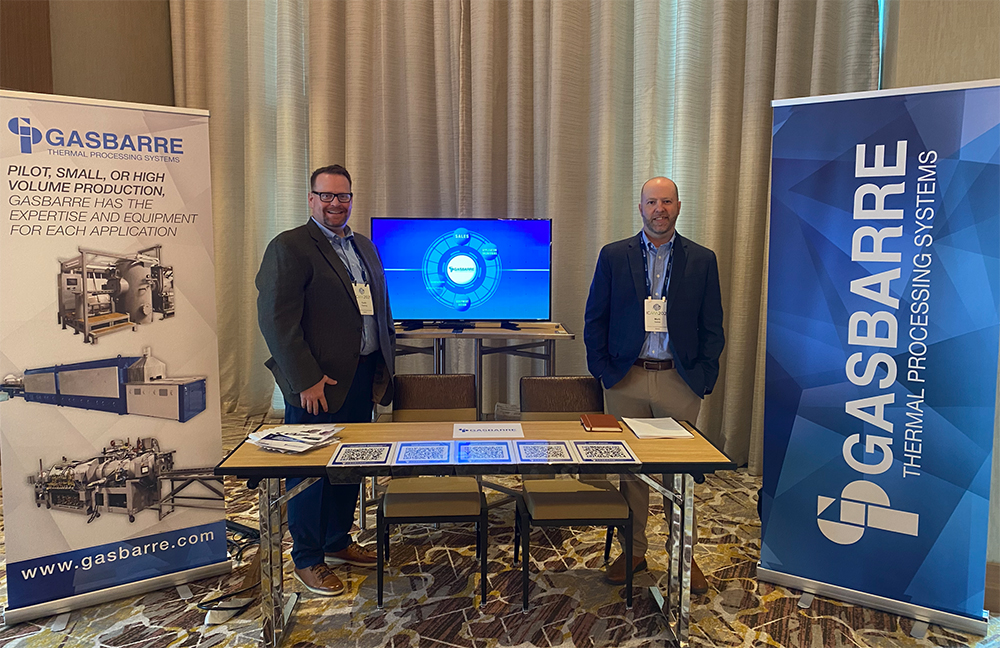With the creation of ASTM International Additive Manufacturing Center of Excellence (AM CoE) “in early 2018, and the growth of the AM industry, the effort has been led by the ASTM AM CoE and involves additional technical committees. This year’s event is now a full international conference with an even wider scope still related to standardization, qualification, and certification. This will be an event involving even more ASTM committees and external stakeholders, setting the stage to bring experts from all around the world to exchange the latest development in the field of additive manufacturing with emphasis on transition of research to application.” (https://amcoe.org/icam2021).
President of Gasbarre Thermal Processing Systems Mark Saline has quickly become an industry expert regarding the subject of Sintering and Additive Manufacturing. Mark and the team from Gasbarre have been published in Industrial Heating Magazine recently for an article titled an article titled Sintering and Additive Manufacturing. Gasbarre has the right team with the right amount of knowledge and experience to help you get the answers you’re looking for. Stop by and visit us this week at ICAM!
Joining Mark this week at ICAM is Keith Fleming. Keith brings over 25 years of industry experience to Gasbarre; having previously worked with powder materials, powder metal parts producers, and investment castings. Keith’s experience continues to show Gasbarre’s commitment to having personnel that understand our customer’s challenges and provide proven solutions.

Metal additive manufacturing or metal 3D printing are terms that everyone in the metal-processing industry is seeking to understand. The “what” and the “how” are becoming clearer every day. However, new advancements seem to occur almost daily with no real end in sight.
The question that has yet to be answered for many is, “How will this affect my business and when?” Additive manufacturing has been labeled a global disruptive technology for a multitude of different industries, deeming the question valid. Yet the answer is unclear.
Many companies are throwing their hat in the ring by either developing their own printing equipment or purchasing equipment to try to stay ahead of the curve. The two main technologies utilized in metal 3D printing are high-temperature laser-jet and binder-jet printing. The two technologies produce highly complex components by the deposition of ceramics or metals. The benefits are shortened prototype development time and shortened build times of final components.
The use of metal or ceramic powders in the production of components is not uncommon. An entire powder-metal industry is focused on producing components from metal or ceramic powders by pressing and sintering (PM), powder injection molding (PIM/MIM) and now additive manufacturing (AM). The products from these manufacturing methods supply many business sectors, including automotive, lawn and garden, hand tools and medical devices as well as many others.
If you want to learn more, let us know! Contact Mark at 814.834.2200 or e-mail him at [email protected]. Mark has over 20 years of applications experience as a metallurgist in powder metal plants and would love to hear from you.